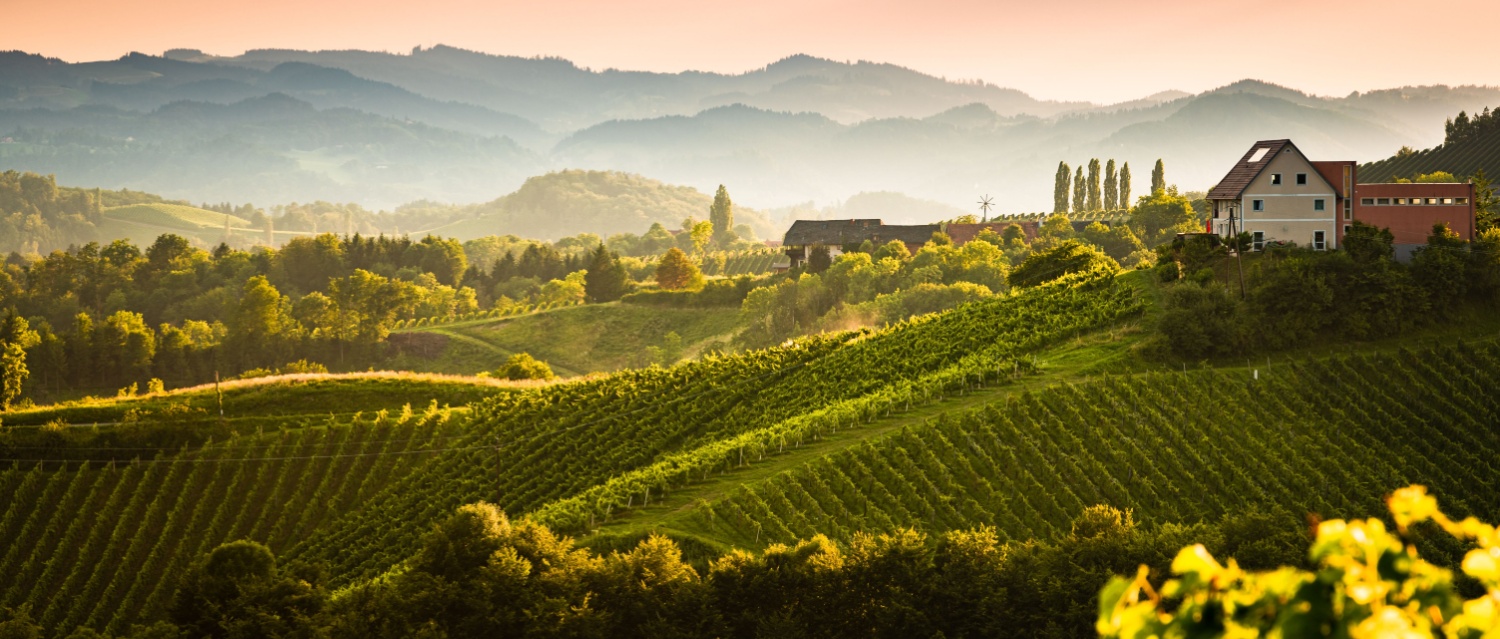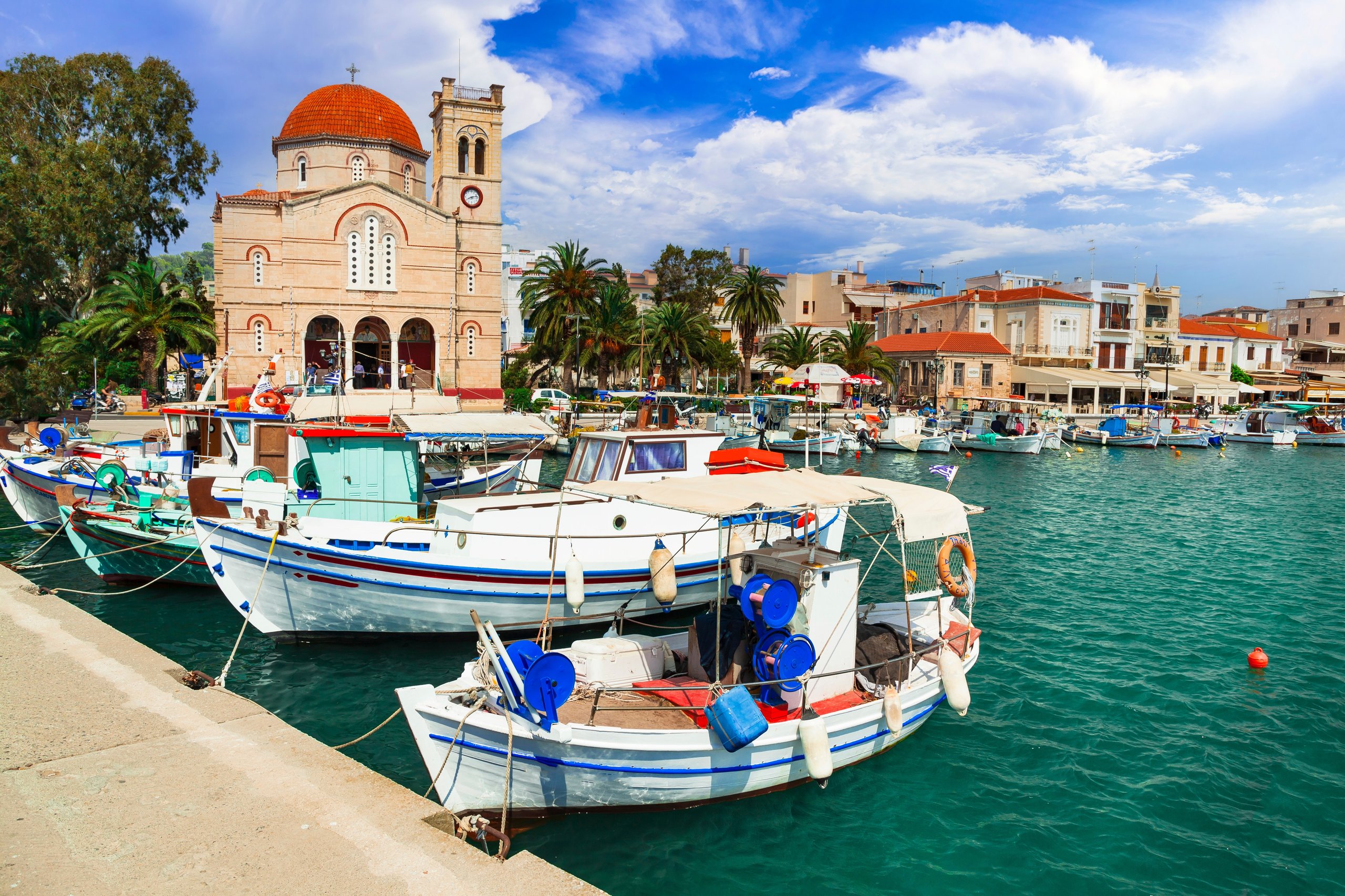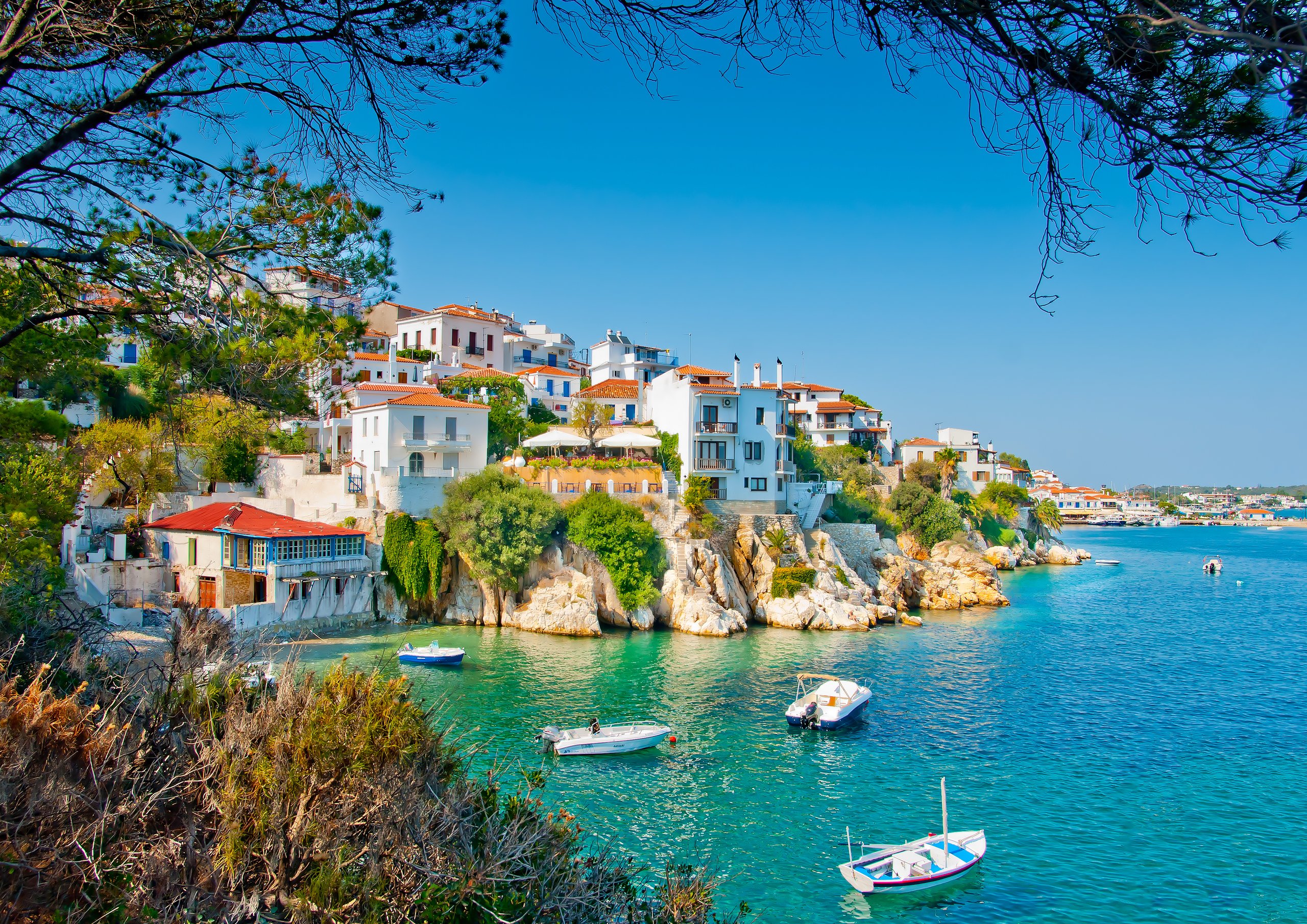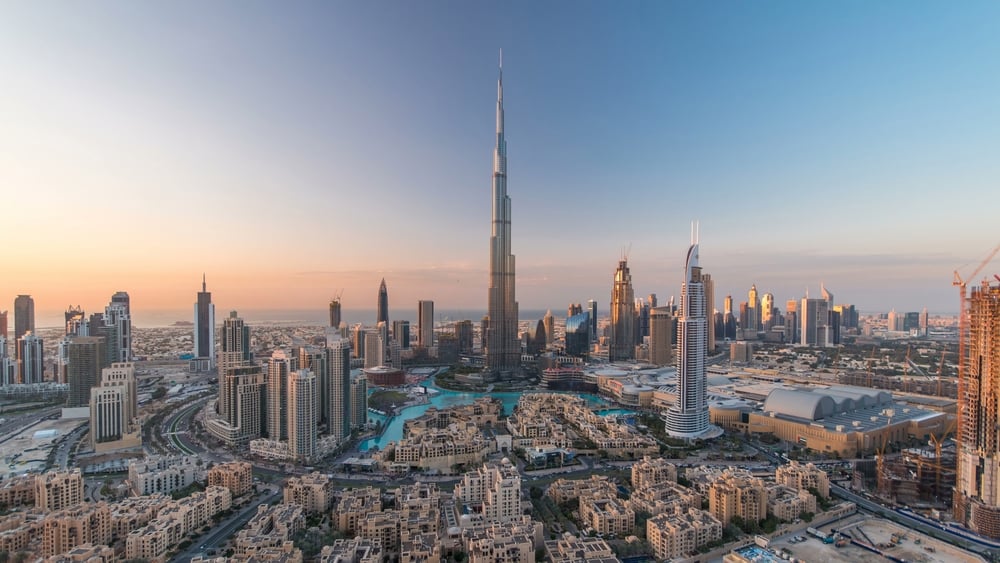It’s Italy most evocative and dreamy region, and lives up to the hype. But in which of Tuscany’s 10 provinces should you buy your home? We check out where to buy a property in Tuscany.
Tuscany. Even the name conjures up imagery of golden hills beneath a pale blue sky, ancient towns perched on ridges and hearty bowls of ribollita eaten with local wine. But there’s far more to Tuscany than its picture-perfect postcards suggest. Many imagine Florence and the Chianti vineyards alone, but this vast and varied region stretches across wild mountain ranges, thick forests and sparkling coastline. It also comprises ten distinct provinces – each with its own character, culture and property market.
Whether you’re dreaming of a sun-drenched farmhouse, a city apartment or a seaside bolthole, Tuscany offers options to suit different lifestyles and budgets. This 2025 guide offers a detailed look at each province and what it offers international buyers looking for a second home, a relocation base or an investment property.
Don’t head off to Tuscany without your Viewing Trip Guide
Contents
Why buy in Tuscany?
It’s no surprise that Tuscany remains the most sought-after region for buyers from abroad. Our most recent feedback from property consultants shows Tuscany tops the wish list for those looking to own a home in Italy. So why does it have such enduring appeal?
Diverse landscapes in one region
Few places offer Tuscany’s range of scenery. Think rolling vineyards in Chianti, thick pine forests in Garfagnana, mountain trails in the Apennines and long sandy beaches on the Tyrrhenian Sea. You can spend the morning hiking through chestnut groves and the afternoon lounging beside the sea – all within one province. This variety means there truly is something for everyone here.
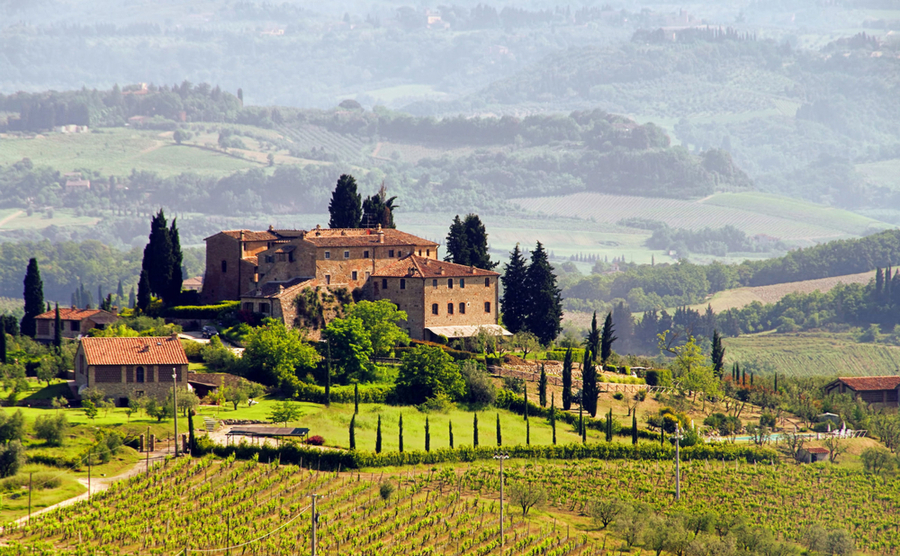
A cultural legacy on every street corner
Tuscany is the birthplace of the Renaissance and it wears its history proudly. From the frescoed chapels of Florence to the medieval towers of San Gimignano, some of Western civilisation’s finest art and architecture live here. And it’s not just the headline acts. Many smaller towns have their own palazzi, ancient theatres and museums, often entirely overlooked by tourists.
Glorious food and wine traditions
Tuscany’s culinary reputation is well earned. Expect hearty fare built on regional ingredients – pecorino cheese, wild boar, chickpeas and thick-cut bread – but maybe with a shave of truffle on the top! Each province has its own specialities and traditions.
And then there’s the wine. Chianti may be the big name, but wines from Montalcino, Montepulciano and Bolgheri deserve plenty of attention. Food-lovers will find themselves at home in Tuscany.
Understanding Tuscany’s property market
Tuscany’s property offering is just as varied as its landscape. You’ll find crumbling farmhouses waiting for restoration, flats in gritty university cities, glittering hilltop estates and ultra-modern sea-view villas.
Prices vary significantly. Florence and Siena command high price tags – an apartment in central Florence starts from around €180,000 but can reach well over €1 million for premium historic properties. Meanwhile, in less frequented areas like inland Grosseto or northern Massa-Carrara, you can still pick up village homes for under €90,000.
Commuter zones, such as around Arezzo, Lucca or Pistoia, are gaining attention, offering good travel links to Florence and more affordable homes. Many expats are drawn to countryside communes (comuni) where traditional homes with land start at €150,000 – less than a one-bedroom flat in Paris.
It’s worth noting that all property listings in Italy include both the name of the municipality and the province – and sometimes just the province. To help you research, almost every province has its own tourism board website with insights on services, activities and transport links.
Investment potential of Tuscan property
Tuscany isn’t just beautiful – it’s a region with real investment appeal. Tourism flows remain strong, even in the face of global economic shifts. In 2023, Tuscany received over 13 million visitors (ISTAT). That figure is projected to rise in 2025 as demand for experiential travel grows.
In areas like Chianti, Florence and coastal hotspots, short-term rental performance is consistent. Owners regularly report yields between 4–6% annually, particularly during spring and summer. Even rural locations attract long-term lets, particularly from digital nomads and retirees seeking la dolce vita.
The key factors sustaining Tuscany’s stability include:
- Strong overseas interest, particularly from Europe, the US and Australia
- Strict planning laws, which limit overdevelopment
- An attractive lifestyle that supports regular repeat visits or permanent relocation
However, Tuscany isn’t immune to global pressures. Rising mortgage rates, post-pandemic interest in remote locations and changing visa rules for British buyers (now treated as non-EU) have shifted buyer behaviour. Still, experts agree Tuscany remains among Italy’s safest long-term property bets thanks to its cultural cache, region-wide infrastructure and enduring desirability.
Breakdown of Tuscany’s provinces
Tuscany is split into ten provinces, each with its own charm and quirks. Here’s your provincial crash course – packed with practical tips, transport links and real-world examples to help you start your property search.

Florence (Firenze)
As Tuscany’s capital, Florence speaks for itself. It’s the region’s art and architecture powerhouse – a place where simply walking to the shops feels like a museum tour. It’s also Tuscany’s most expensive market. Apartments in Florence centre average around €5,000 per square metre. But head just 30 minutes out to Mugello or Valdarno, and you’ll find countryside villas for a third of the price.
The province was renamed the “Metropolitan City of Florence” in 2015 but locals still call it ‘Firenze’ with pride. Excellent rail links make Florence a base for expats – you can be in Rome in under 90 minutes by high-speed train. But for many, the dream is outside the city: think of stone houses in the Chianti hills, or riverside homes near Empoli.
Lucca
One of Tuscany’s hidden stars. Lucca’s well-preserved city walls circle a maze of streets lined with towers, churches and boutiques – but the province beyond is just as delightful. You’ll get coast, countryside and low mountains – all within an hour’s drive.
The Serchio Valley and the Garfagnana offer exceptional value for rural homes: village properties start at €80,000 and detached stone houses can be found from €220,000. You’re also not cut off – Lucca to Pisa airport by train takes around 45 minutes. To Florence, about 1 hour 20 minutes.
Check out property in Lucca
Fancy the sea? Versilia, with stylish towns like Viareggio and Pietrasanta, offers fine sand beaches and a cultural summer scene. Prices here are steeper, but deals still exist inland.
Massa-Carrara
Tuscany’s northernmost province, nestled between Liguria and Emilia-Romagna. Here, the white peaks of the Apuan Alps catch the sunlight – what looks like snow is, in fact, marble. The same marble Michelangelo carved masterpieces from.
The coastline is limited, but well-kept beaches can be found around Marina di Massa. Inland, places like Lunigiana feel like the Tuscany of 60 years ago – uncrowded, traditional and affordable. Village homes with gardens can sell from €110,000. Larger renovated farmhouses with land? Around €400,000. It’s a quiet, authentic corner for adventurous buyers.
Pisa
Yes, there’s the Leaning Tower. But there’s a lot more to the province than that tourist magnet. Pisa is well-connected – both by air (its airport offers direct flights across the UK and Europe) and by train (Florence in under an hour).
Drive south, and you hit Volterra – a walled, handsome town full of Etruscan history. The surrounding countryside offers excellent property opportunities: think terra cotta farmhouses among olive groves. Expect to pay from €120,000 for rural renovation projects. Village apartments can be had for under €70,000.
Siena
Arguably the jewel in Tuscany’s property crown. You’ll find UNESCO towns like San Gimignano, Pienza and Siena itself prowling over the Crete Senesi. Vineyards, deconsecrated chapels and even full noble estates come onto the market here.
This beauty comes at a cost. Stone homes in Val d’Orcia or Montepulciano often exceed €500,000. But head to smaller villages like Monticiano or Asciano, and there are countryside apartments for under €100,000. The local council has invested in restoring towns and improving transport links, making the province even more appealing to savvy overseas buyers.
Arezzo
East of Florence and bordering Umbria, Arezzo offers rolling hills pocketed with olive trees and ancient towns like Cortona – yes, the very one from “Under the Tuscan Sun”. It’s a hugely appealing spot for British buyers.

The city of Arezzo blends culture and commerce. Its Piazza Grande hosts regular antiques markets, festivals and a historical joust. In the surrounding province, you’ll find over 170 municipalities, many rich with churches, towers and terracotta-roofed homes.
A two-bedroom flat in Arezzo city begins at around €160,000. Stone countryside houses start from €250,000 and can run up much higher depending on size and location.
Prato
Small but mighty, Prato borders Florence and benefits from the same rail and road networks. Many locals commute to Florence daily. Its historic textile industry made it wealthy, and its city centre fuses Renaissance buildings with edgy contemporary art spaces.
With housing still more affordable than Florence, Prato is gaining attention. Apartments cost from €135,000, and hillside homes cruise closer to €300,000. Rich in heritage and surprisingly international in feel, Prato balances convenience and tradition.
Pistoia
A quiet achiever. Located north-west of Florence, Pistoia rarely makes travel guides – which is exactly why some buyers love it. The city’s cathedral square is peaceful and elegant, and towns like Montecatini Terme (well-known for its historic thermal baths) add appeal.

Homes here are more affordable than their Florentine neighbours. Expect to find apartments at €100,000 and villas with land from €300,000. The local train from Pistoia to Florence takes just 50 minutes, so you’re never too far from the action.
Check out property in Pistoia
Livorno
This is Tuscany’s coastal escape. Stretched along the Tyrrhenian Sea, the Livorno province includes sandy beaches, rocky coves and the islands of Elba and Capraia. The port city of Livorno has a strong working identity, a touch of grunge and an international ferry terminal.
Properties inland are cheaper – villages like Sassetta in the Val di Cornia offer stone homes from €90,000. Fancy island life? Elba apartments begin around €150,000, although sea-view villas demand much more. Think ahead – ferry access and seasonal tourism patterns will shape daily life and rental income potential.
Grosseto
Tuscany’s ‘wild south’, Grosseto remains one of the region’s best-kept secrets. The vast Maremma plain merges coastal pinewoods with cow-dotted pastures and nature reserves full of migratory birds.
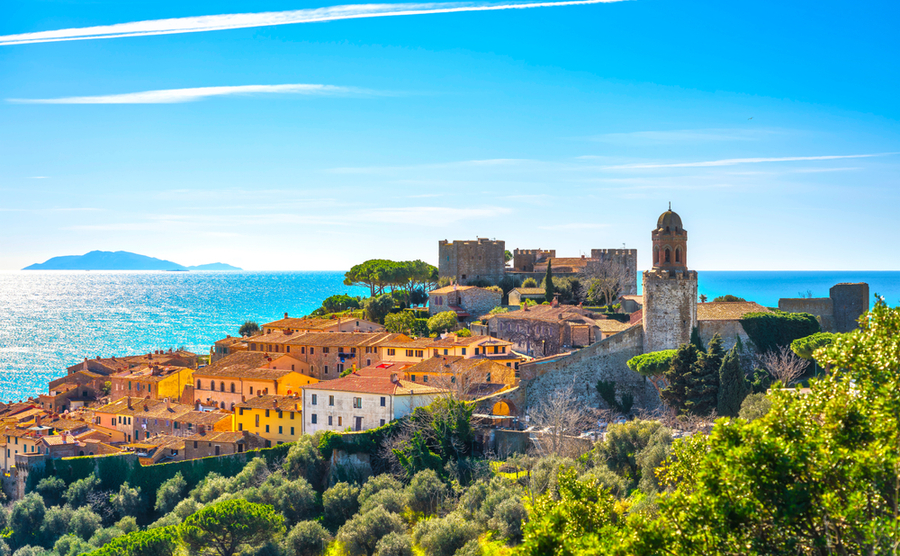
Grosseto town is 20 minutes from the sea. Castiglione della Pescaia and Porto Santo Stefano bring sandy amenities and good infrastructure. Inland, hill towns like Pitigliano and Sorano offer drama, character and huge stone houses – often for under €180,000.
The area suits nature lovers and those seeking a less touristy lifestyle. Access is easiest via Rome or Pisa airport, both around two hours away.
Ready to explore the Tuscan dream?
Tuscany’s heart beats differently in every province – and that’s the beauty. Whether Florence’s echoes of the Renaissance steal your heart or a fisherman’s home near Grosseto calls your name, Tuscany offers a home for dreamers, cooks, culture fans, cyclists and contemplators alike.
Still unsure where to begin? Then speak to one of our Tuscany Property Consultants. They’ve walked the villages, met the local notaires and seen the renovation diaries. Let them introduce you to the version of Tuscany that fits your life – and your budget.
Frequently Asked Questions
Yes, buying a house in Tuscany can be a good long-term investment. Tuscany is one of Italy’s most sought-after regions for lifestyle buyers and tourists, meaning well-located homes in popular areas can offer both strong resale value and holiday rental potential. However, bear in mid that Tuscany is a large region and not everywhere will offer great rental returns. If renovating, bear in mind the importance of retaining original features.
Yes, foreigners can buy property in Tuscany. There are no restrictions for most nationalities, including UK and US citizens. The process is straightforward and similar to that for Italian nationals, though it’s advisable to hire a bilingual lawyer. Without a visa, non-EU citizens will be limited to 90 days in every 180.
Property taxes in Tuscany vary depending on whether the home is your primary residence or a second home. Expect to pay around 2%–9% in purchase taxes, plus annual IMU and other local taxes. Buying as a resident can reduce your costs significantly.
Popular areas for expats in Tuscany include Florence, Lucca, Siena and the Chianti countryside. Coastal towns like Livorno and Massa also have expat communities, as do smaller hilltop villages for those seeking a quieter lifestyle.




